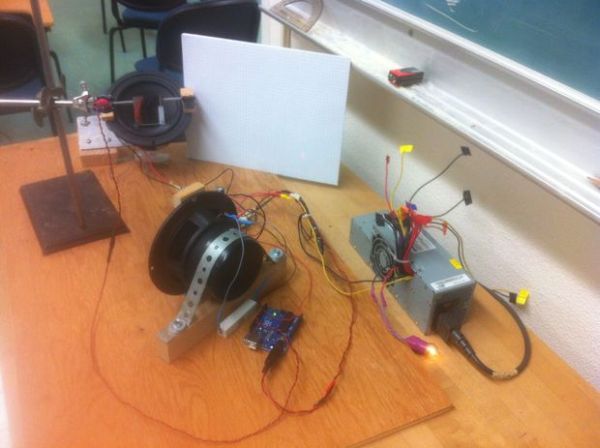72 CHANNELS SERIAL TO PARALLEL DRIVER BOARD USING 74HC595 & ULN2803
72 channels Serial (SPI) to parallel driver board has been designed for various applications. This project can be used as multi Solenoid driver, large size 7 segment display driver, bar graph driver, and LED driver. The project works with 5V logic levels. Output load supply 12V-48V DC and each output can drive 500mA load. I […]
72 CHANNELS SERIAL TO PARALLEL DRIVER BOARD USING 74HC595 & ULN2803 Continue Reading









